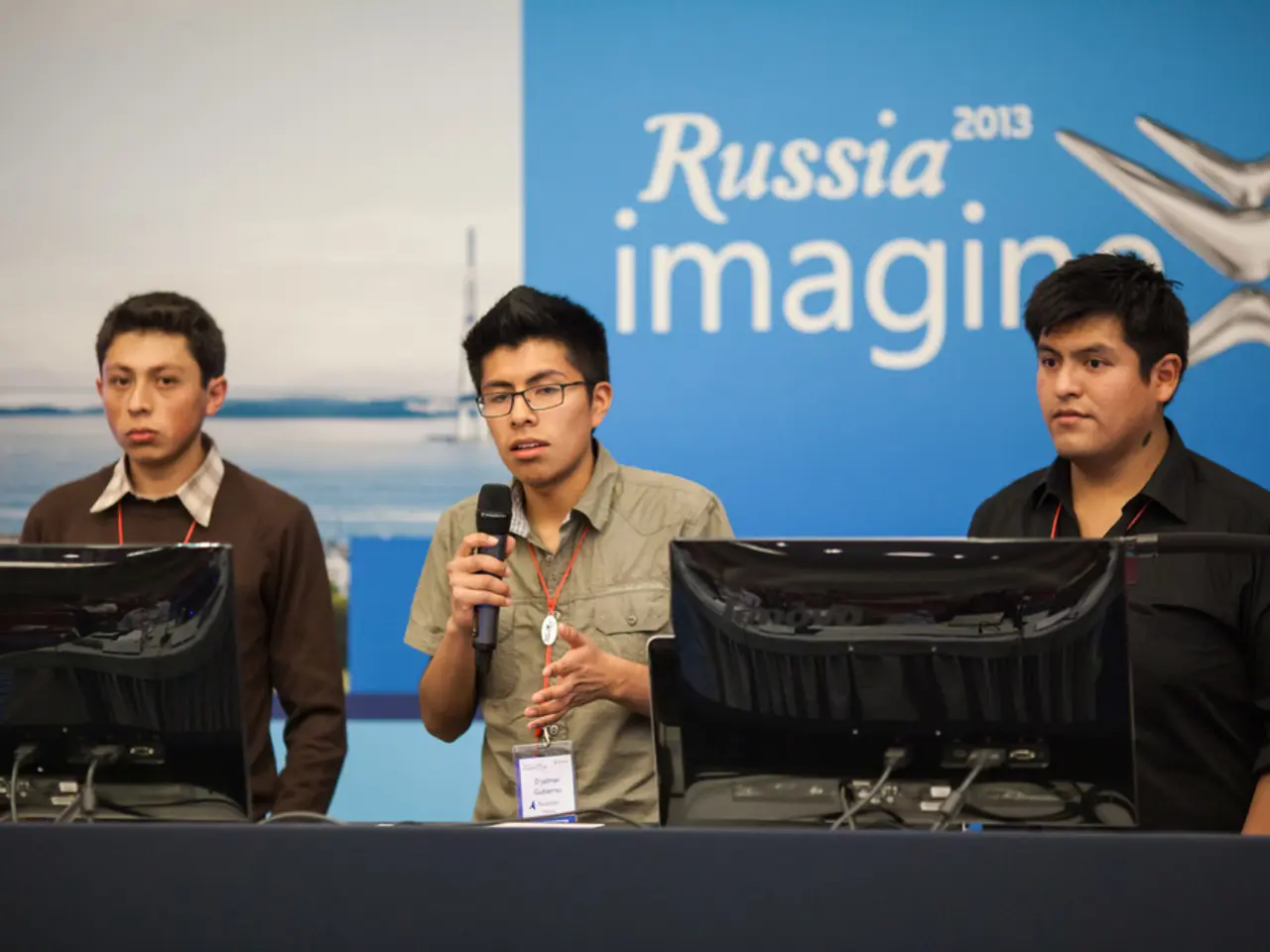Gaza aid facilities once more targeted by Israeli assaults
In the troubled region of Gaza, a severe food crisis is unfolding, with at least 1,373 Palestinians losing their lives while seeking food since May 27, 2025. The situation has been further complicated by restricted aid distribution, delays, and partial deliveries.
The current aid distribution system in Gaza is heavily controlled and limited. Israeli authorities have been controlling the flow of humanitarian aid, despite recent partial expansions and airdrops of aid packages. The Israeli-backed Gaza Humanitarian Foundation (GHF) operates in the region, but criticism abounds for its inability to alleviate mass starvation effectively.
Humanitarian movements to deliver aid face frequent delays and impediments, including long waits, denials, and partial deliveries even when approved, due to Israeli military checkpoints and security measures. Although 785 humanitarian aid packages had been airdropped by August 5, 2025, aid still falls far short of meeting the population's critical needs.
The human toll of this crisis is evident. Over 1,300 Palestinians have been killed while seeking food, with 859 killed near GHF sites and 514 along food convoy routes. These killings have been mostly attributed to Israeli military actions, with no evidence that those killed were directly involved in hostilities.
Additionally, 154 people, including 89 children, have died due to malnutrition since October 7, 2023, most since mid-July 2025. This underscores a severe food crisis worsening with limited aid access.
The UN and aid organizations have warned that the worst-case famine scenario is unfolding in Gaza, with humanitarian pauses and designated aid routes only partially implemented and insufficient to meet urgent needs. Aid workers, doctors, and journalists report extreme hunger and exhaustion, underscoring the dire health and nutrition crisis.
Nearly a week has passed since Israel announced limited humanitarian pauses and airdrops to provide food to Gaza's more than 2 million people. However, the GHF reported no incidents near its sites, and families of the 50 hostages still in Gaza fear they are going hungry and blame Hamas.
Reports from the ground paint a grim picture. Near the northernmost GHF distribution site, a man named Yahia Youssef described seeing people wounded by gunshots and others bleeding. On Saturday, Gaza's health ministry reported that seven Palestinians had died of malnutrition-related causes over the past 24 hours, including a child. Witness Mohamed Abu Taha stated that Israeli troops opened fire toward the crowds.
Airdrops by a Jordan-led coalition are another approach, but experts find the strategy deeply inadequate and dangerous. The UN has stated that 500 to 600 trucks of aid are needed daily in Gaza, but far too little aid is coming into the region. Trucks that enter Gaza are often stripped of supplies by desperate people and criminal groups before reaching warehouses for distribution.
In an attempt to address the crisis, US President Donald Trump's special envoy, Steve Witkoff, met with hostages' families, a week after quitting ceasefire talks. However, Michel Illouz, father of Israeli hostage Guy Illouz, stated he did not hear anything new from Witkoff and got "no answers" regarding a time frame.
Another 19 people were shot dead near the Zikim crossing from Israel in the hope of obtaining aid. Three people - two men and a woman - were shot as witnessed by Mohamed Abu Taha.
The situation in Gaza is critical and worsening, with calls for Israel to ease restrictions and respect international humanitarian law. The future remains uncertain for the people of Gaza, who are caught in the midst of a deadly food crisis and a restrictive aid distribution system.
The Israeli-backed Gaza Humanitarian Foundation (GHF) is facing widespread criticism for its inability to alleviate the mass starvation effectively, as the ongoing food crisis in Gaza deepens due to restricted aid distribution.
Politics and war-and-conflicts are fueling this humanitarian disaster, with the UN warning that the worst-case famine scenario is unfolding in Gaza, and aid workers, doctors, and journalists reporting extreme hunger and exhaustion among the population.








